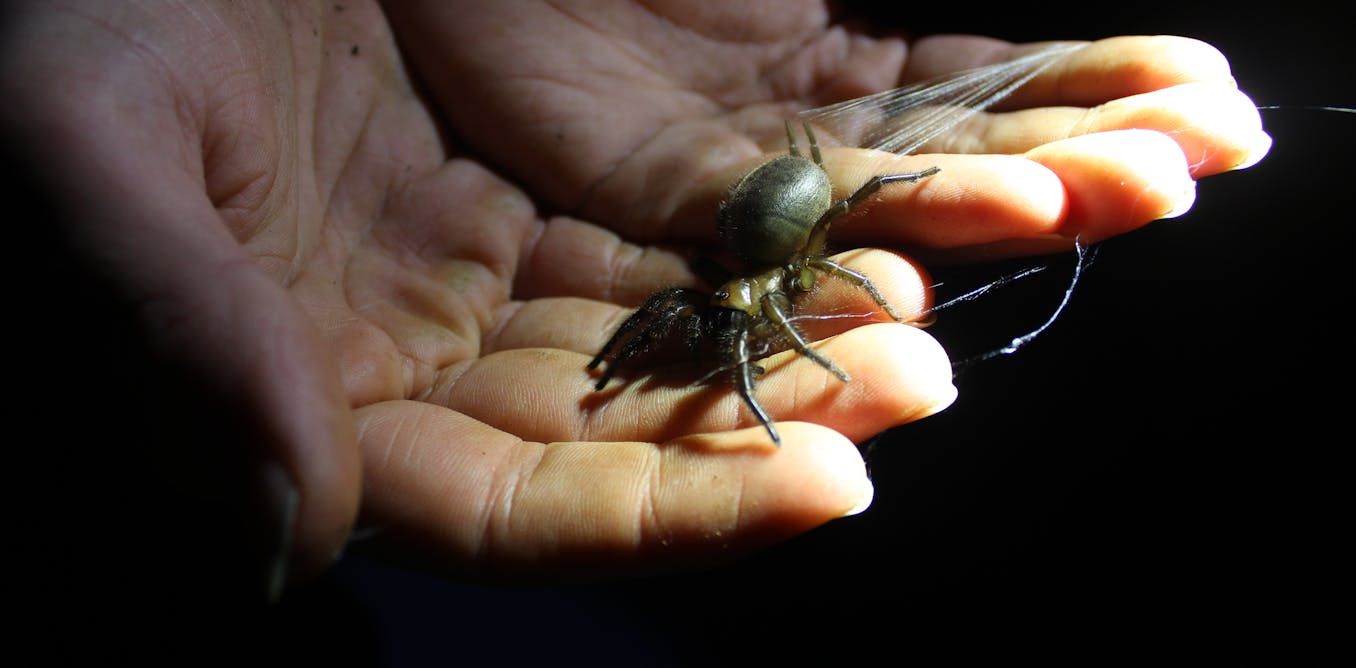Every day, as the Internet becomes more indispensable to modern life, the drawbacks of deep engagement with the virtual realm capture as much attention as the wide-ranging benefits. On the Internet, of course, anyone can in all too many forums pretty much say anything—regardless of whether the facts are on their side or not.
University of Notre Dame computer science professor WalterJ. Scheirer has come at this core problem of online speech, including images, from an unconventional direction. Scheirer doesn’t blame the Internet. Instead, he’s fished back to the tools and techniques for make-believe that have been a standard part of human culture since the dawn of civilization. What separates the person making cave paintings, carving marble statues, or making stained-glass windows for Gothic cathedrals from a content creator on Tik Tok or YouTube, says Scheirer, is the reach and immediacy of their respective modes of communication.
The Internet as a force multiplier of our preexisting tendency toward the fictional, and even the fanciful, is the essential thesis of Scheirer’s new book, A History of Fake Things on the Internet (Stanford Univ. Press). IEEE Spectrum recently spoke with Professor Scheirer about what he discovered in his research for the book and what he sees as the main takeaways.
Walter J. Scheirer on…
IEEE Spectrum: One thread running through the book was that there’s nothing new under the Sun, and that fakery has just reached the point where, because of technology, it requires less skill and effort than in times past. Would you agree?
Notre Dame computer scientist Walter J. Scheirer says don’t blame the Internet for what human nature also does on its own.University of Notre Dame
Walter J. Scheirer: Yeah, I would agree with that conclusion. I feel like there’s a human need to tell stories and we’ve been building new technologies to do that over time. You see this progression in the development of new communications mediums, and many of these things are very artistic in nature. That’s really key. I think you get this tension though, with the Internet, where there were competing visions of what it was supposed to be. The one which I think causes the most misunderstandings is the popular understanding of this idea from the 1990s of the Internet as an information superhighway. Since the dotcom era, you had this emerging global infrastructure. It comes out of the military world, and it’s being co-opted by large corporations who move in and say, ‘This is going to be a space for commerce. We’re going to exchange factual information on this this network. We’re going to invite the whole globe to participate in it. However, we have this expectation that this will function more or less like a database. It’ll be useful for education and other things, but we basically want to monetize this ecosystem.’
But that’s in stark contrast to what we ended up with, which is actually the original vision for this type of…
Read full article: Fakes: Not an Internet Thing, a Human Thing
The post “Fakes: Not an Internet Thing, a Human Thing” by Willie Jones was published on 12/15/2023 by spectrum.ieee.org





































